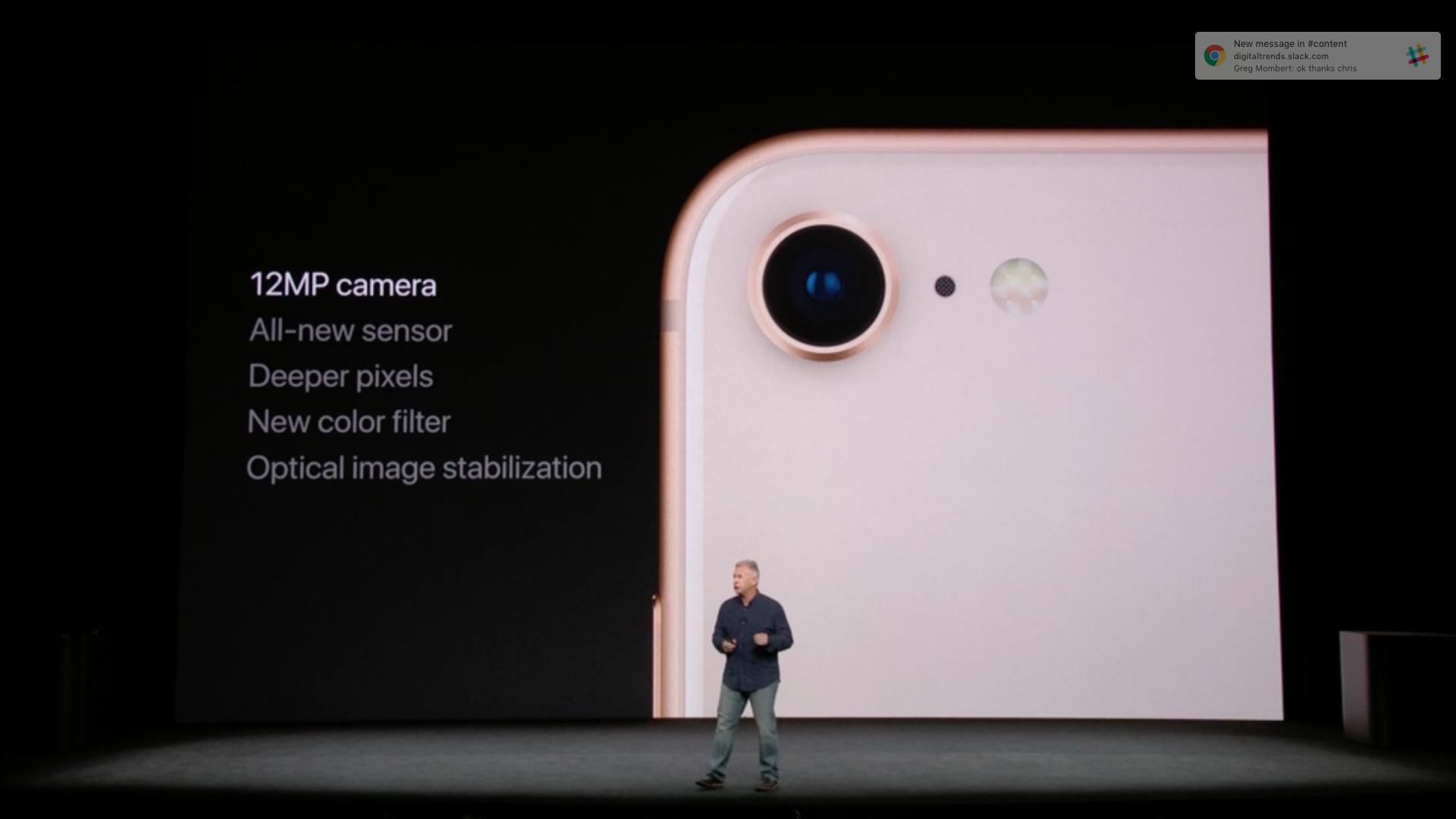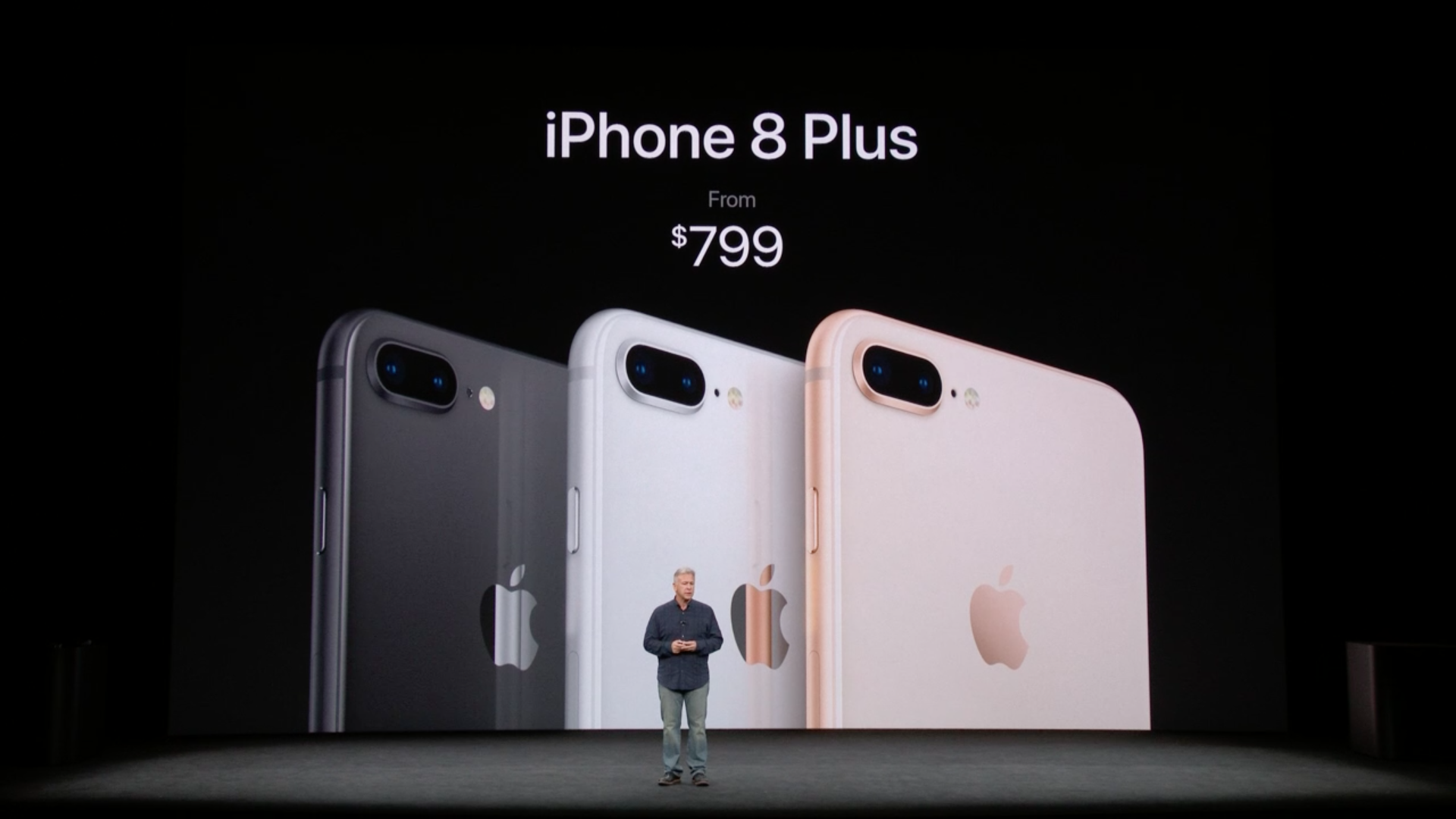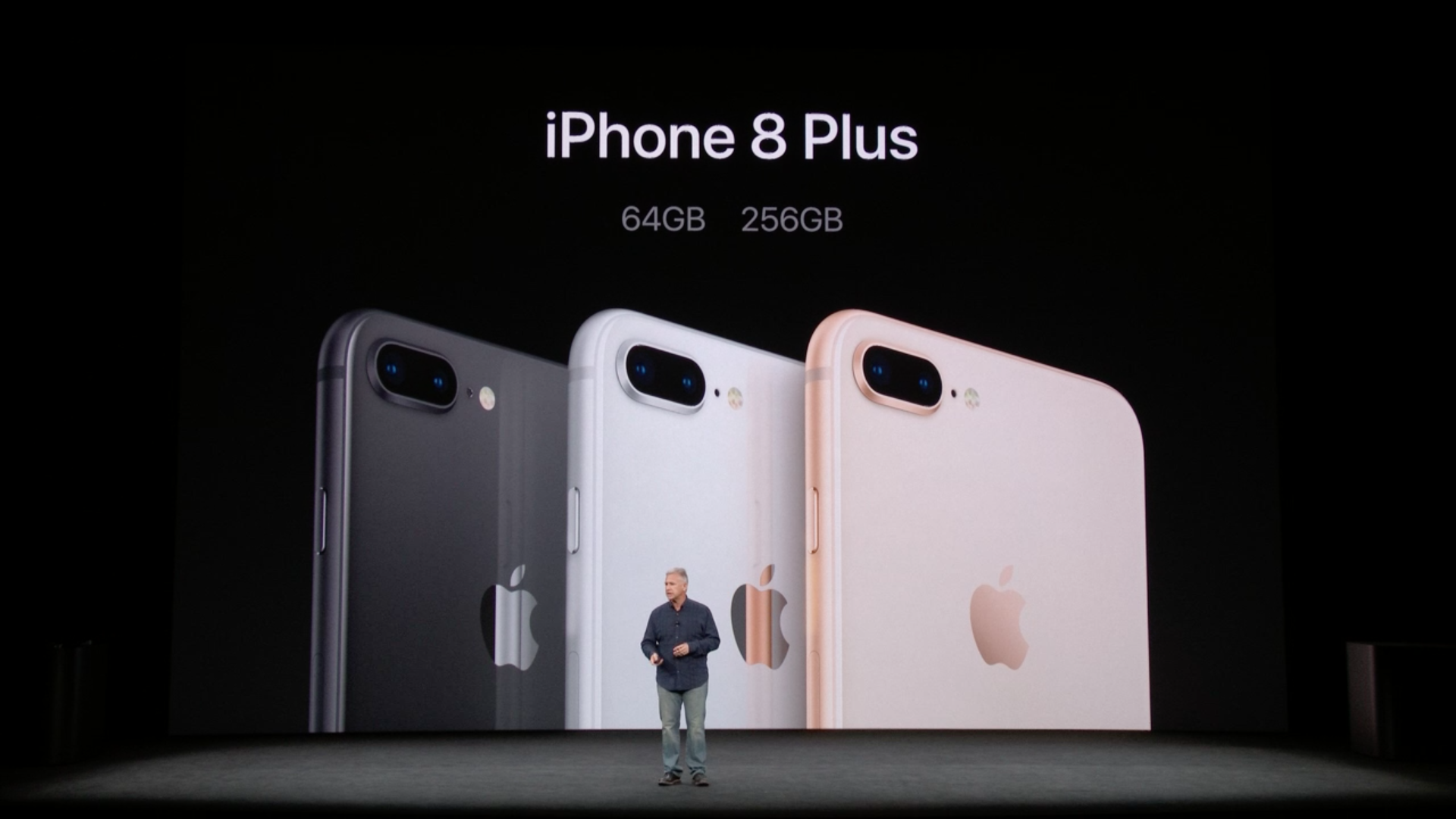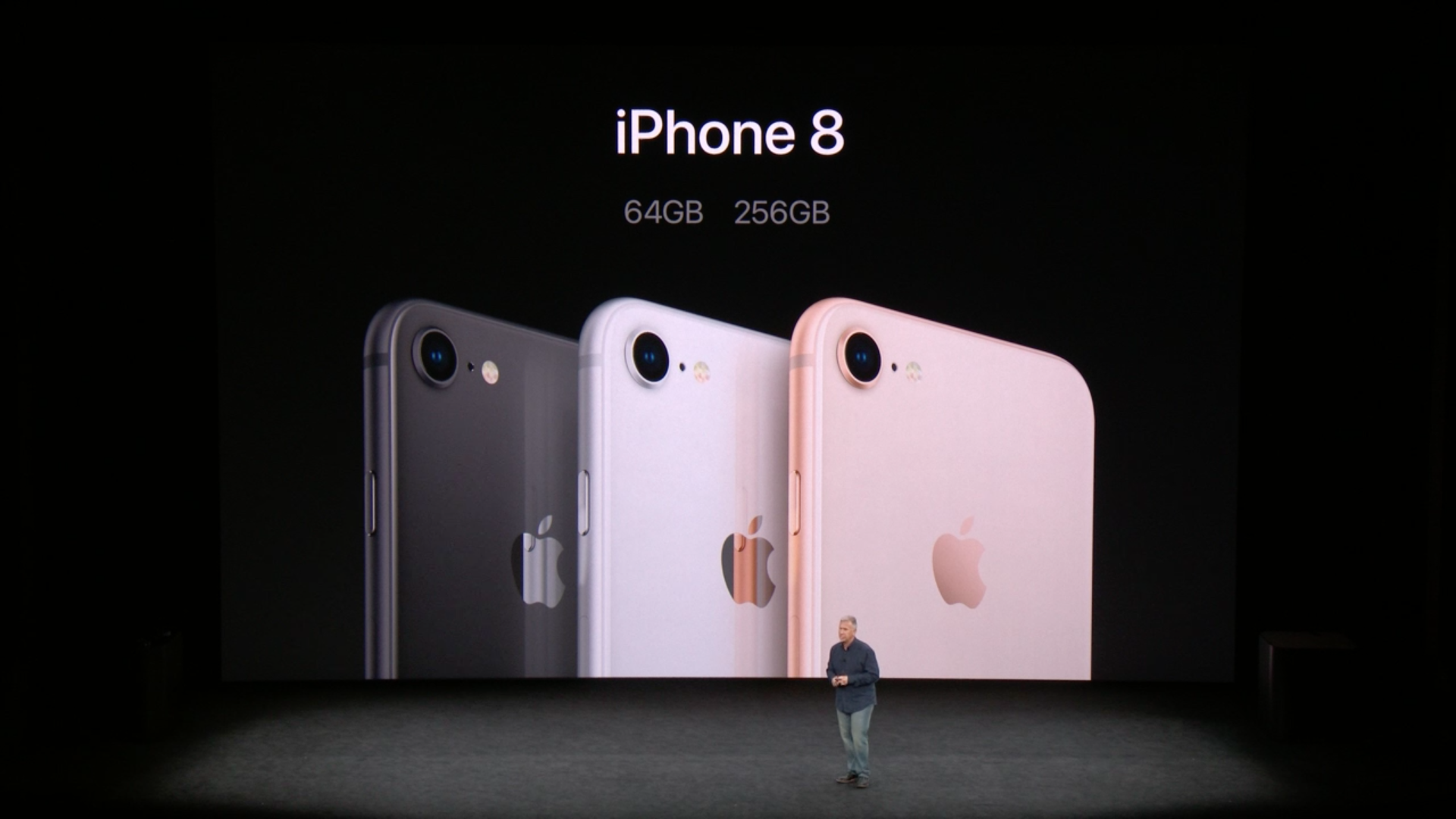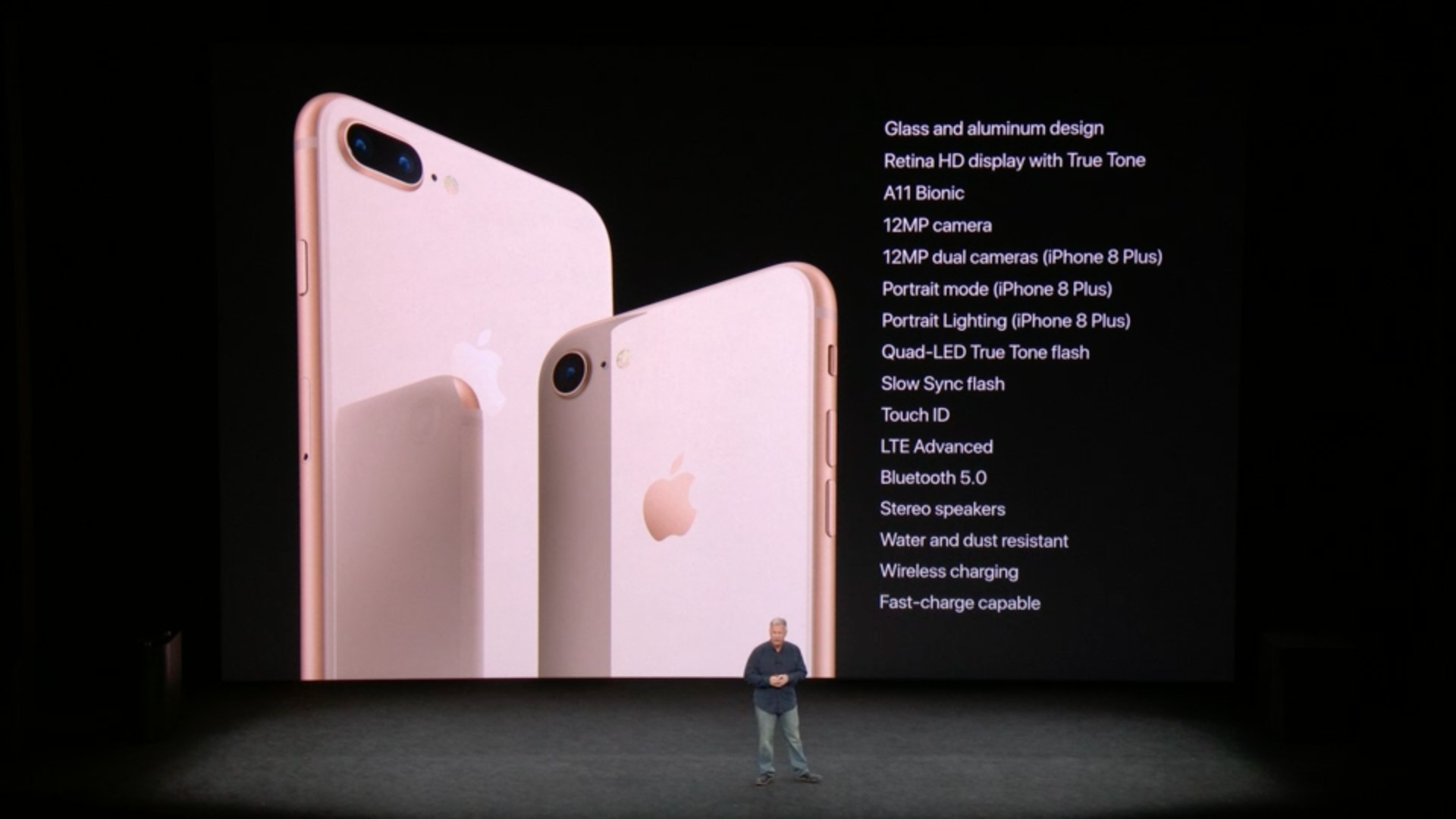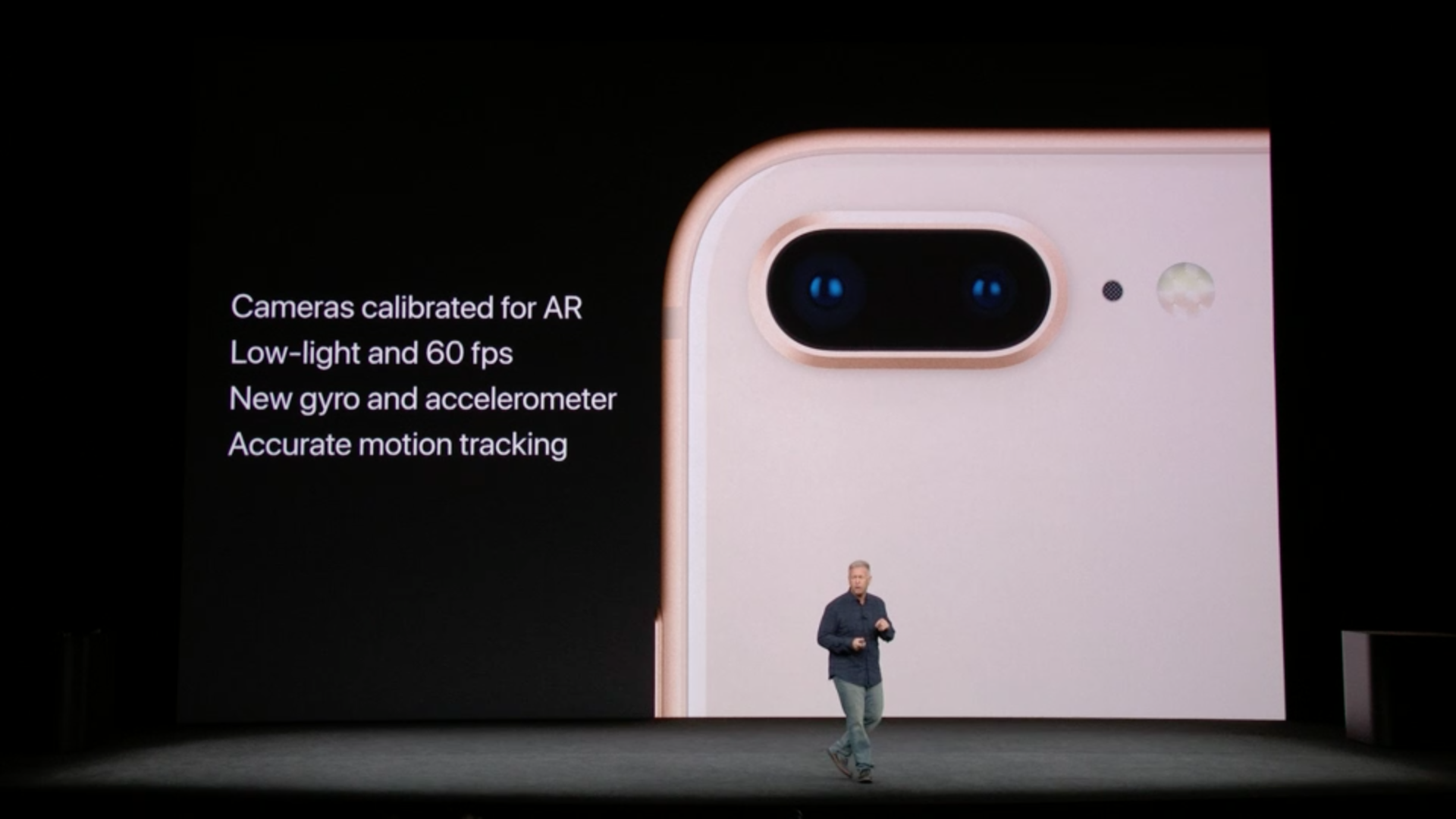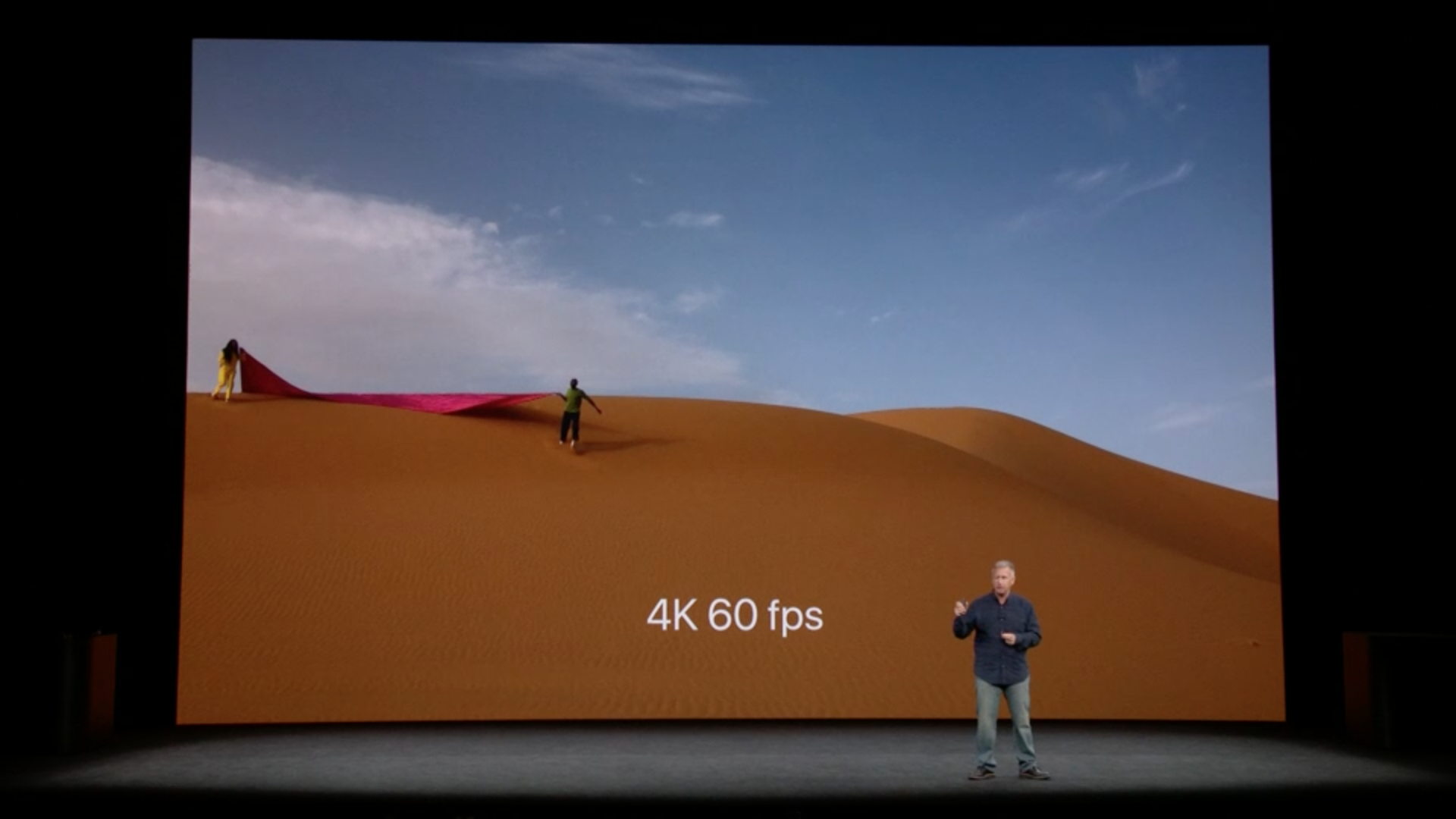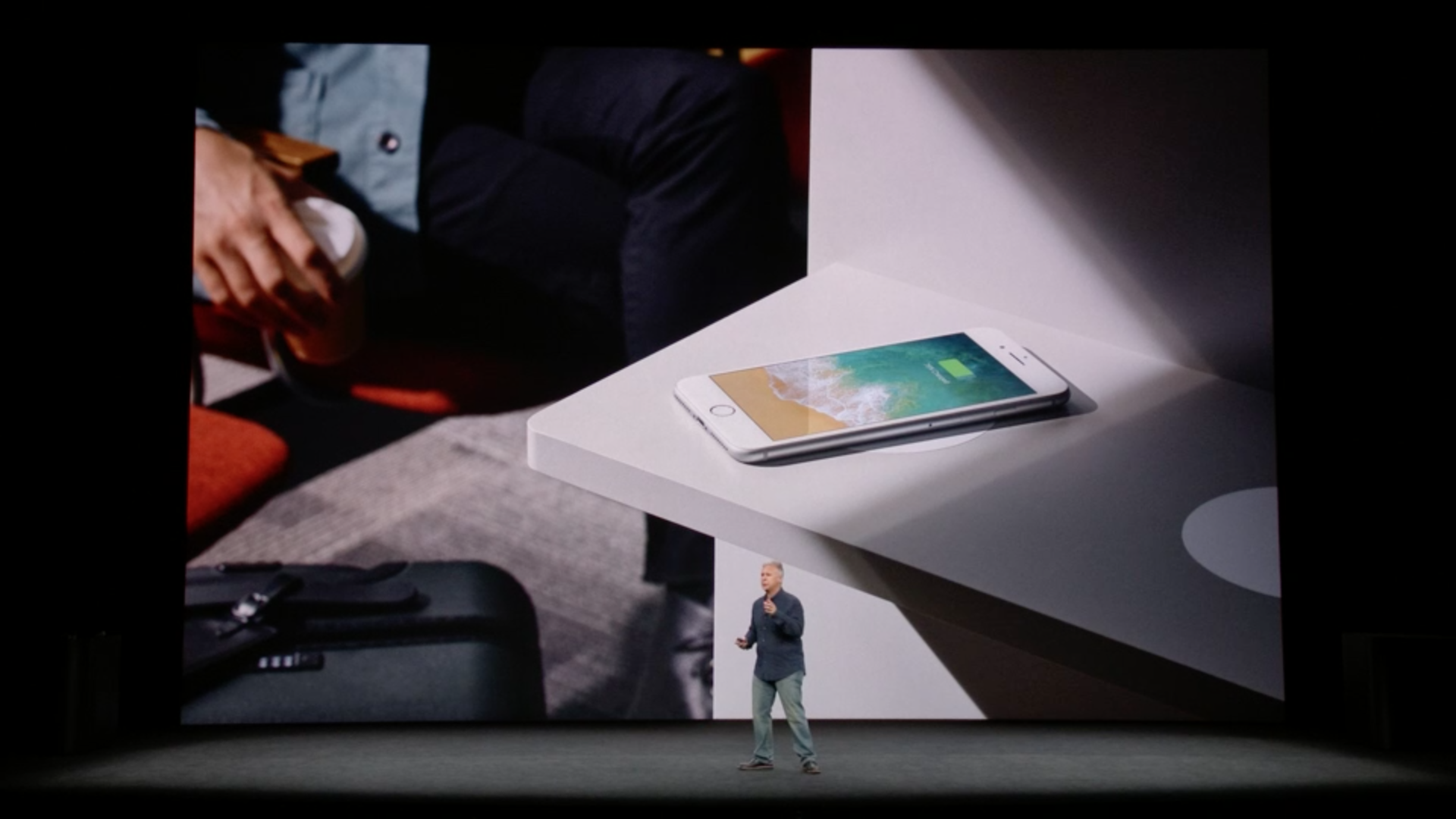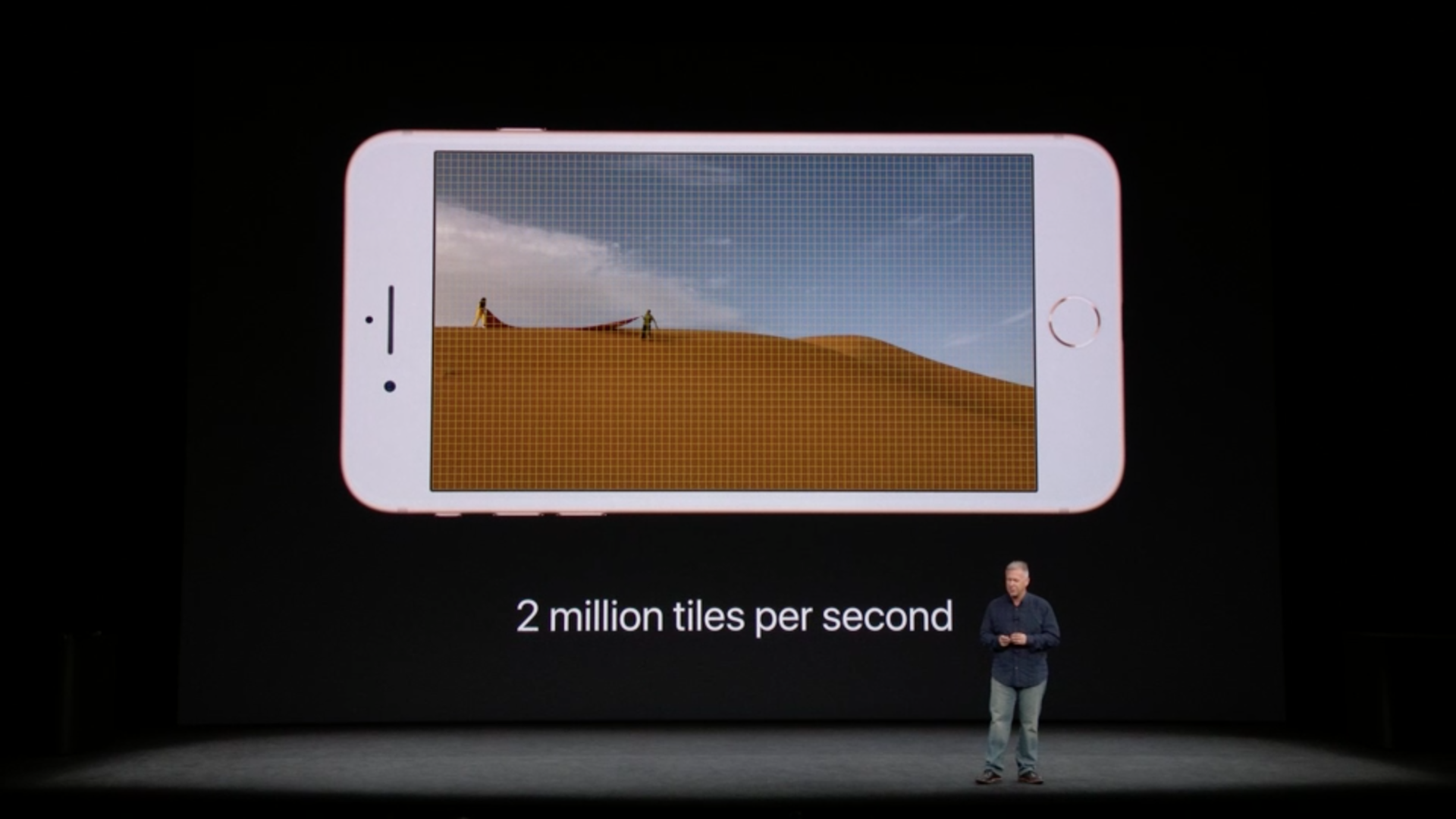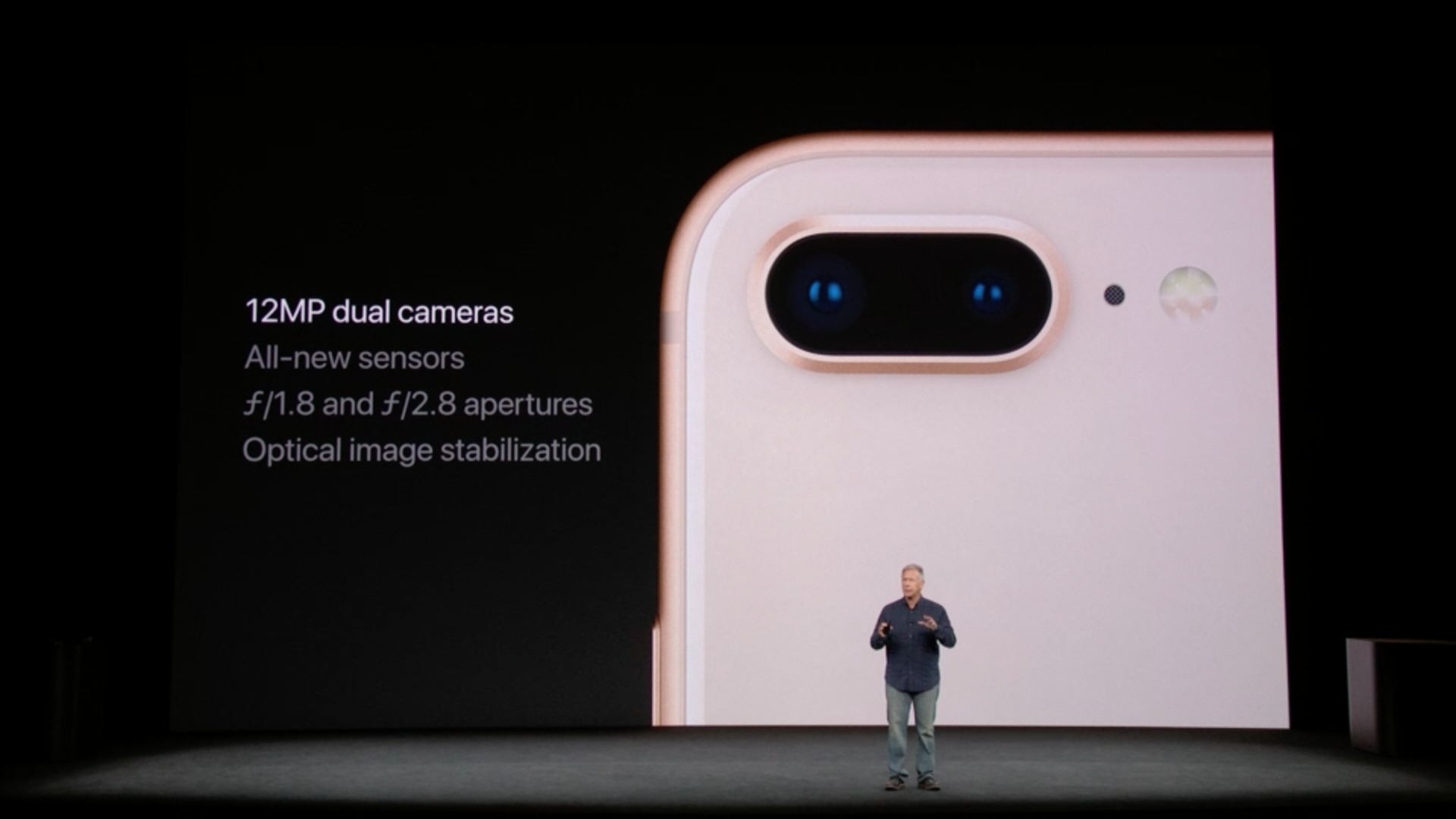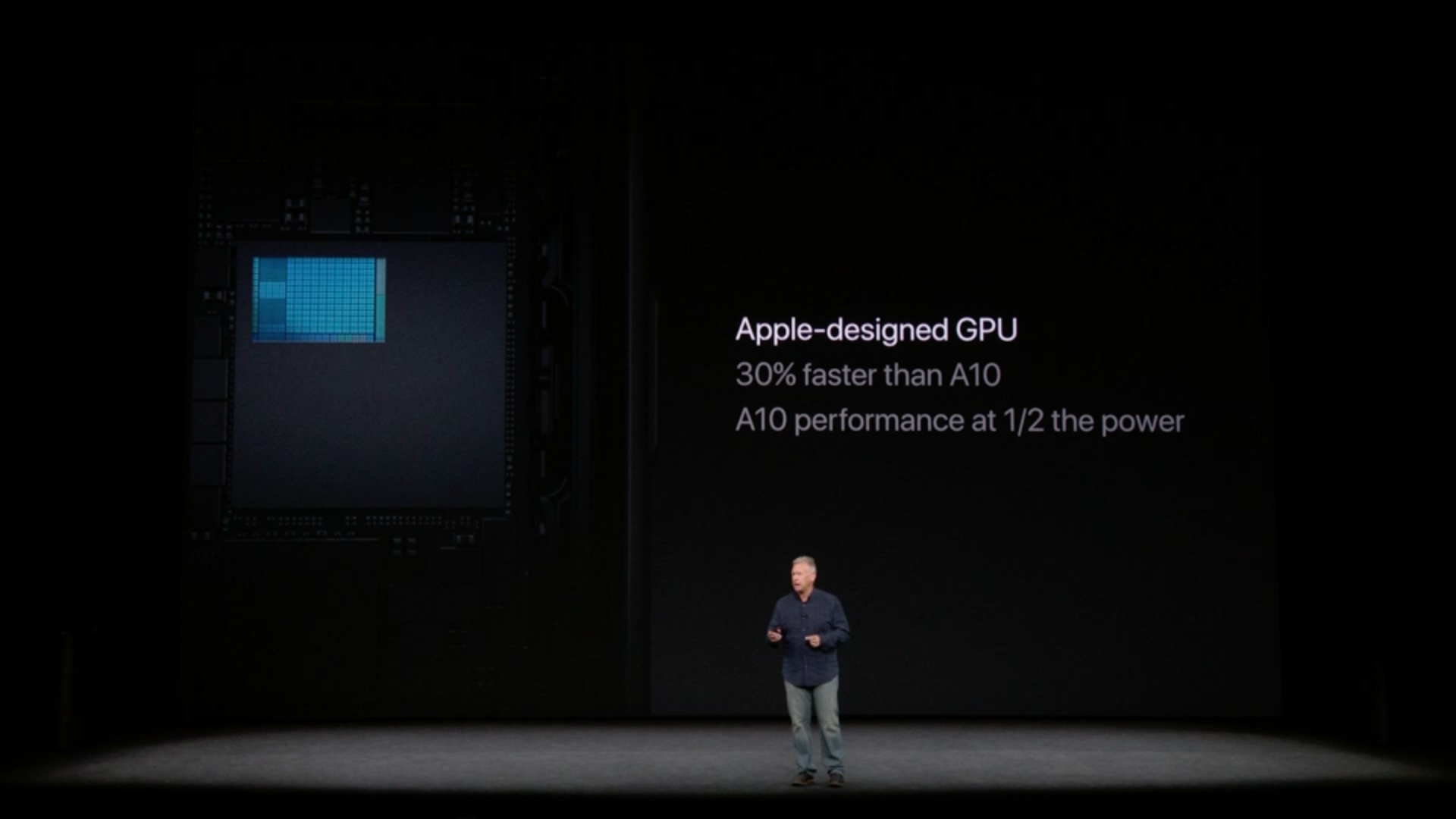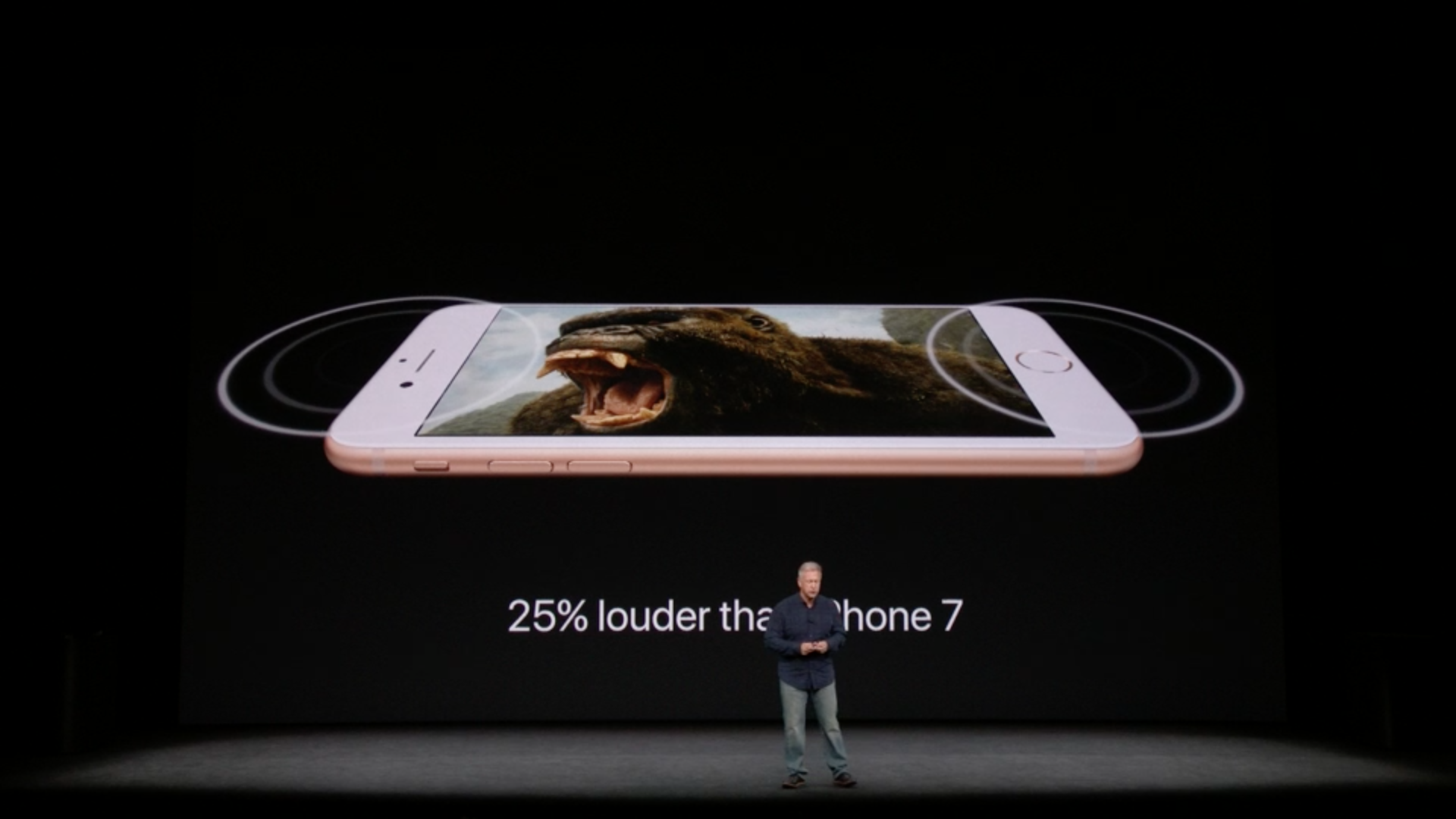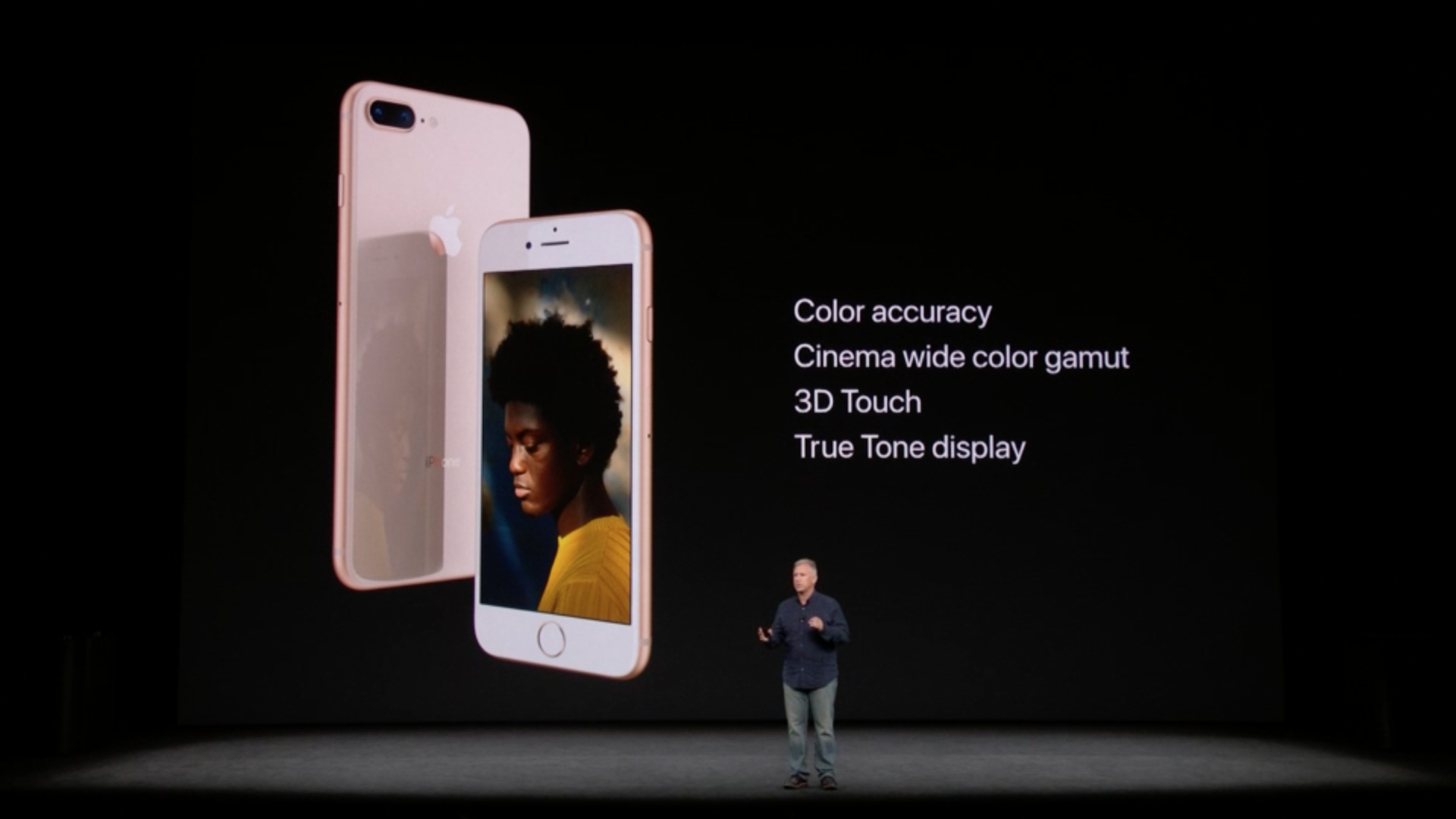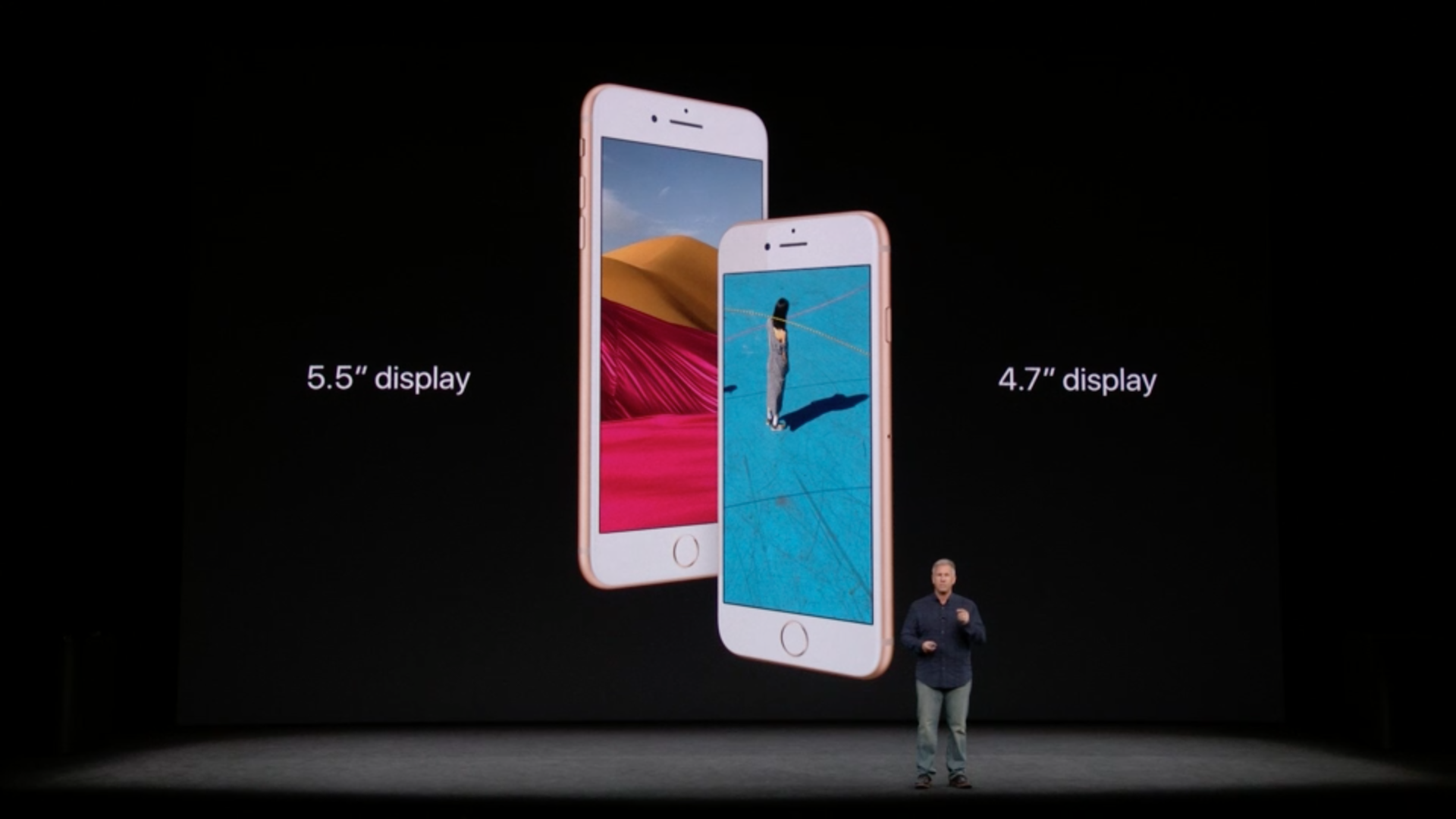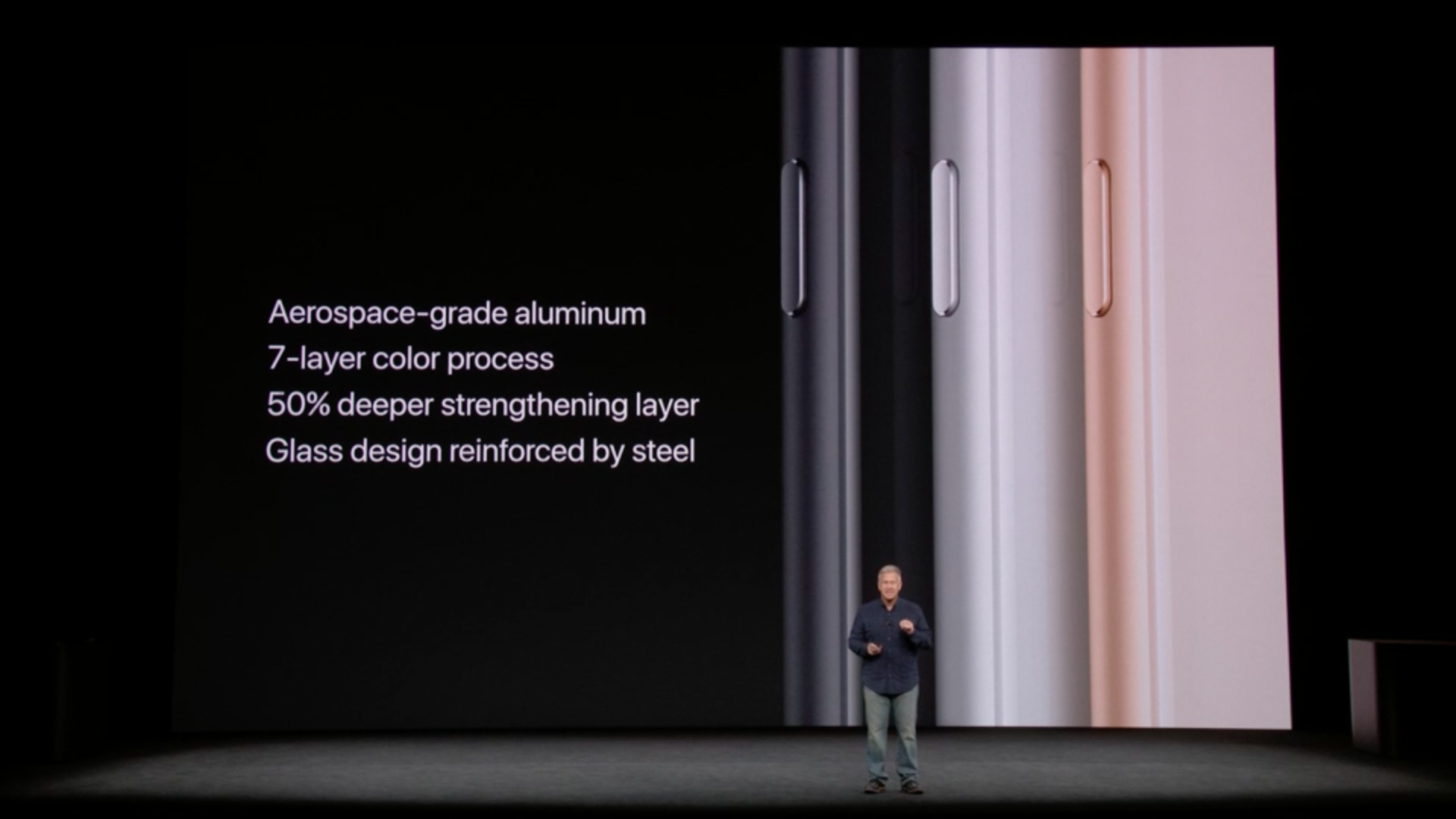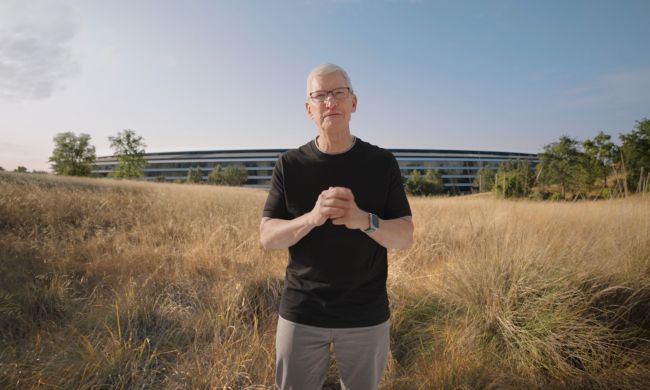From the outside, the iPhone 8 series closely resembles last year’s iPhone 7 and 7 Plus. That means the same 4.7- and 5.5-inch screen sizes are back, along with those chunky bezels above and below the screen. The chassis has been redesigned, however, to allow for Qi wireless charging. Whereas the iPhone 7 primarily utilized aluminum construction, the iPhone 8 has an aluminum band along the edge and a back panel made of glass.
Price and availability

The iPhone 8 and iPhone 8 Plus are now available for purchase at Apple retail locations and all major U.S. carriers. The smaller model will launch at $699 and the Plus will start at $799, both with 64GB of storage space. An optional 256GB is also available.
According to Taiwan’s Economic Daily News, a supply-chain source claims that Apple has reduced orders by about 50 percent for both the iPhone 8 and iPhone 8 Plus models for November and December, Reuters notes. The report says this is the first time production has ever been cut this early in the cycle for any iPhone. Due to this indication of cuts in production, Apple Inc’s shares fell 1.5 percent in premarket trading.
Apple is also reportedly investigating two cases involving the iPhone 8 Plus, in which the batteries swelled enough to cause the housings to split. AppleInsider reports that one user claimed this occurred while the phone was being charged with and official cable and power adapter, while the other user said it came that way from the factory.
“A source within Apple” gave a statement that “Apple investigates swollen batteries even on older phones brought into Apple retail stores as a matter of course.” AppleInsider additionally ran a “quick poll” on Saturday morning of five Apple Genius Bars, and no similar incidents were reported.
Some iPhone 8 and iPhone 8 Plus owners are reporting intermittent crackling noises from the earpiece of the device in phone calls and FaceTime video calls, but it doesn’t seem to be a hardware problem — it doesn’t affect headphones or the iPhone’s speakerphone. Apple told The Verge it’s working on a fix:
“We are aware of the issue which is affecting customers in a small number of cases,” said an Apple spokesperson. “Our team is at work on a fix, which will be included in an upcoming software release.”
In addition to new phones, Apple also launched the third-generation Apple Watch and a 4K-enabled version of Apple TV at the event.
A11 Bionic and bright displays
While the iPhone 8 and iPhone 8 Plus’s displays are mostly unchanged, they now boast True Tone technology, so they’ll adjust white balance depending on ambient lighting conditions. Netflix has added high dynamic range support to the iPhone 8 and iPhone 8 Plus, along with the iPhone X. You’re now able to watch all your shows in Dolby Vision HDR but only if you’re running iOS 11.
Under the skin, the changes are less subtle. The speakers have also been redesigned to deliver 25 percent higher volume, as well as deeper bass. And Apple stuffed its all-new A11 Bionic processor in the iPhone 8 and 8 Plus. The company calls it the most powerful chipset ever put into a smartphone.
The A11 Bionic utilizes six cores in total — two high-performance cores, which are 25 percent faster than what the A10 managed, and four high-efficiency cores. This is the same chip featured in the iPhone X, which means there should not be any disparity in performance between the three models. Since the iPhone X may be remarkably hard to find upon its release, customers should be reassured to know they will get the same snappy user experience even if they “settle” for the iPhone 8.
Dual cameras
DxOMark — a website focused on assessing image quality for mobile phones, camera sensors, and lenses — recently evaluated the iPhone 8 and iPhone 8 Plus. The site unveiled its results, which indicate that both devices received Mobile Overall scores of 92 and 94, respectively. This makes them the highest-performing smartphone cameras DxOMark has ever tested. (If you want to learn more about the process, we took a look at how DxOMark scores smartphones.)
Photography has always been one of Apple’s strengths with its smartphones and the iPhone 8 continues that tradition with new image sensors for both the standard model and Plus variant. The smaller iPhone 8 features a new 12-megapixel sensor, which Apple says takes in 85 percent more light than the camera in the iPhone 7. The iPhone 8 also gets two new sensors for its dual cameras, along with an f/1.8 aperture wide-angle lens featuring optical image stabilization.
Last year, the iPhone 7 Plus used its dual cameras to deliver portrait mode with blurred backgrounds. The iPhone 8 Plus adds a new mode called portrait lighting that uses machine learning to manipulate light in the scene as well. It will launch in beta, just like portrait mode with the previous generation.
Finally, Apple has concentrated on improving the augmented reality experience with the iPhone 8. Both models have been given new accelerometers and gyroscopes, and the cameras have been specifically tuned for AR use.
Update: Supply chain source claims iPhone 8 production has been cut in half

